Cystic ovarian disease (COD)-
Ovaries are said to be cystic when they contain one or more persistent fluid-filled structures larger than a mature follicle i.e.,>2.5 mm in diameter in one or both ovaries. These cysts persist for at least 10 days. As a result, the normal cyclical activity of the cow is altered, and the animal becomes either acyclic or nymphomanic( excessive sex drive or prolonged behavioral estrus).
The incidences are more in high-yielding cows. Other reasons could be feeding of high protein diets, deficiency of vitamin A in diets, and its incidence is more common during 2nd or 3rd pregnancies.
These cysts could be luteal or follicular in origin.
Luteal cysts are thick-walled, hard inconsistency, and the affected animal shows signs of anestrus, while the follicular cysts are thin-walled soft inconsistency, and the affected cow always remains in heat.
Repeat breeding-
Repeat breeding syndrome is defined as a condition in which the cows or heifers having regular estrus cycles and appearing normal on superficial clinical examination fail to become pregnant following three or more consecutive breeding. Such a cow is called a repeat breeder cow.
It leads to a long service period and inter calving interval, which is responsible for low milk and calf production, resulting in economic loss to dairy farmers. In a repeat breeder cow, the fertilization rate and embryo survival rate are low.
Special care for repeat breeders should be taken off. The use of unsterilized types of equipment should be prohibited to lower the risk of genital infections during artificial insemination. If there is a persistent hymen membrane among heifers, it should be ruptured before inserting an insemination gun. A balanced ratio should be offered to the breedable cows. Trace minerals like copper, cobalt, and iron should be given in diet or supplementation to allow better hormone production for healthy reproduction.
Animals in heat should be inseminated with high-quality semen. Double insemination should be preferred in crossbreds. If animals are not bred at the right time, it may lead to conception failure. Inseminate indigenous cows according to the A.M.-P.M. rule i.e., if the cow comes in heat in the morning, then inseminate the cow in the evening and vice-versa.
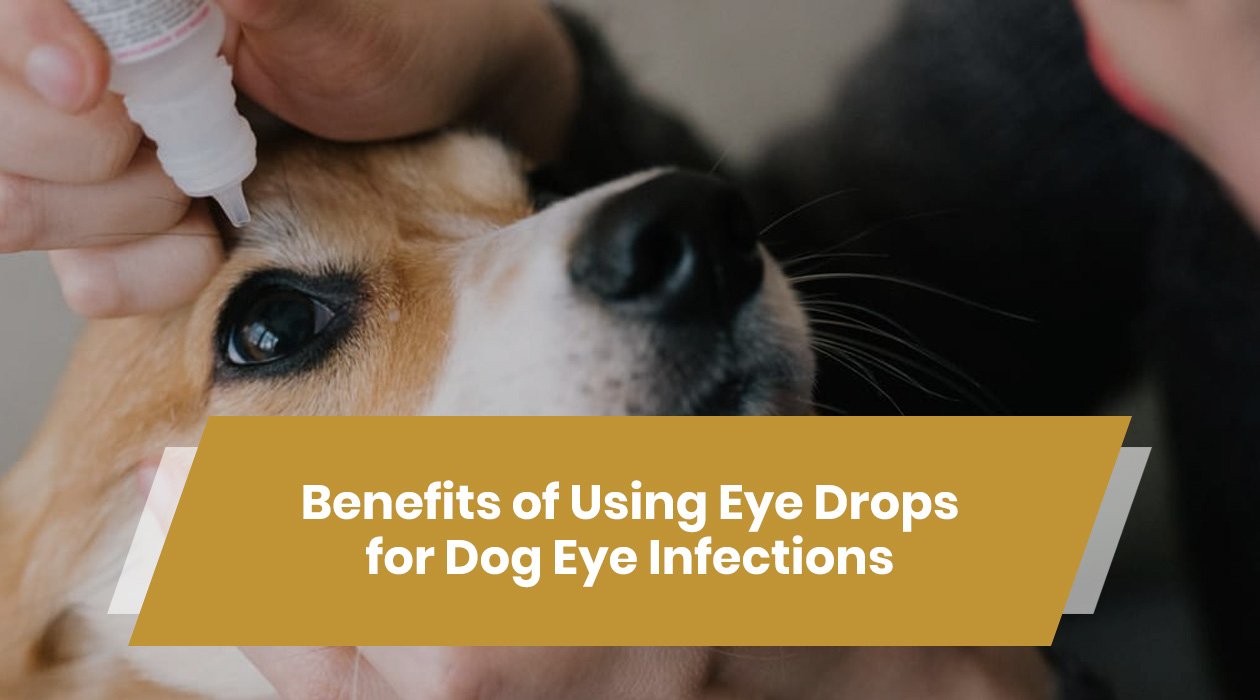
 Australian Shepherd
Australian Shepherd Beagle
Beagle Belgium Shepherd
Belgium Shepherd Bernese Mountain Dog
Bernese Mountain Dog Border Collie
Border Collie Boxer
Boxer Bulldog
Bulldog Cavalier King Charles Spaniel
Cavalier King Charles Spaniel Chihuahua
Chihuahua Cocker Spaniel
Cocker Spaniel Dachshund
Dachshund Doberman Pinscher
Doberman Pinscher Dogo Argentino
Dogo Argentino French Bulldog
French Bulldog German Shepherd
German Shepherd Golden Retriever
Golden Retriever Great Dane
Great Dane Himalayan Shepherd
Himalayan Shepherd Indie Dogs
Indie Dogs Labrador Retriever
Labrador Retriever Pakistani Bully
Pakistani Bully Pembroke Welsh Corgi
Pembroke Welsh Corgi Pitbull
Pitbull Pomeranian
Pomeranian Poodle
Poodle Pug
Pug Rottweiler
Rottweiler Shih Tzu
Shih Tzu Siberian Husky
Siberian Husky Yorkshire Terrier
Yorkshire Terrier Australian Shepherd
Australian Shepherd Beagle
Beagle Belgium Shepherd
Belgium Shepherd Bernese Mountain Dog
Bernese Mountain Dog Border Collie
Border Collie Boxer
Boxer Bulldog
Bulldog Cavalier King Charles Spaniel
Cavalier King Charles Spaniel Chihuahua
Chihuahua Cocker Spaniel
Cocker Spaniel Dachshund
Dachshund Doberman Pinscher
Doberman Pinscher Dogo Argentino
Dogo Argentino French Bulldog
French Bulldog German Shepherd
German Shepherd Golden Retriever
Golden Retriever Great Dane
Great Dane Himalayan Shepherd
Himalayan Shepherd Indie Dogs
Indie Dogs Labrador Retriever
Labrador Retriever Pakistani Bully
Pakistani Bully Pembroke Welsh Corgi
Pembroke Welsh Corgi Pitbull
Pitbull Pomeranian
Pomeranian Poodle
Poodle Pug
Pug Rottweiler
Rottweiler Shih Tzu
Shih Tzu Siberian Husky
Siberian Husky Yorkshire Terrier
Yorkshire Terrier Abyssinian
Abyssinian American Bobtail
American Bobtail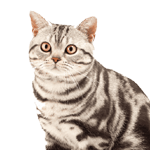 American Shorthair
American Shorthair Balinese Cat
Balinese Cat Bengal Cat
Bengal Cat Birman
Birman Bombay Cat
Bombay Cat British Longhair
British Longhair British Shorthair
British Shorthair Burmese Cat
Burmese Cat Devon Rex
Devon Rex Exotic Shorthair
Exotic Shorthair Himalayan Cat
Himalayan Cat Maine Coon
Maine Coon Oriental Shorthair
Oriental Shorthair Persian Cats
Persian Cats Ragdoll
Ragdoll Scottish Fold
Scottish Fold Siamese Cat
Siamese Cat Siberian Cat
Siberian Cat Sphynx Cat
Sphynx Cat

























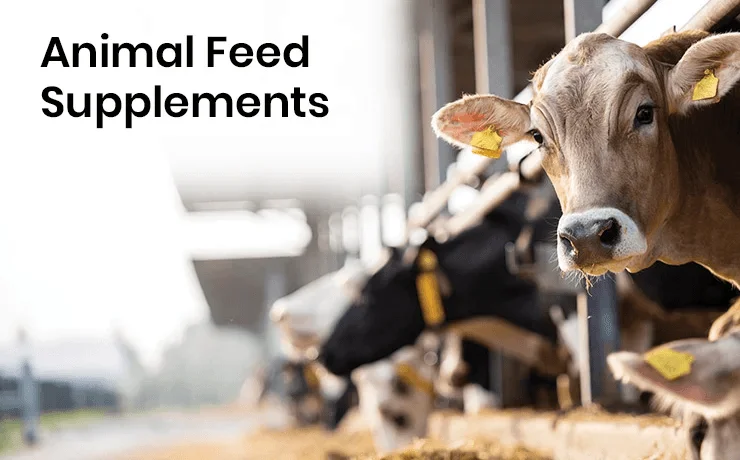










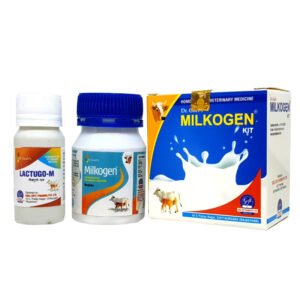








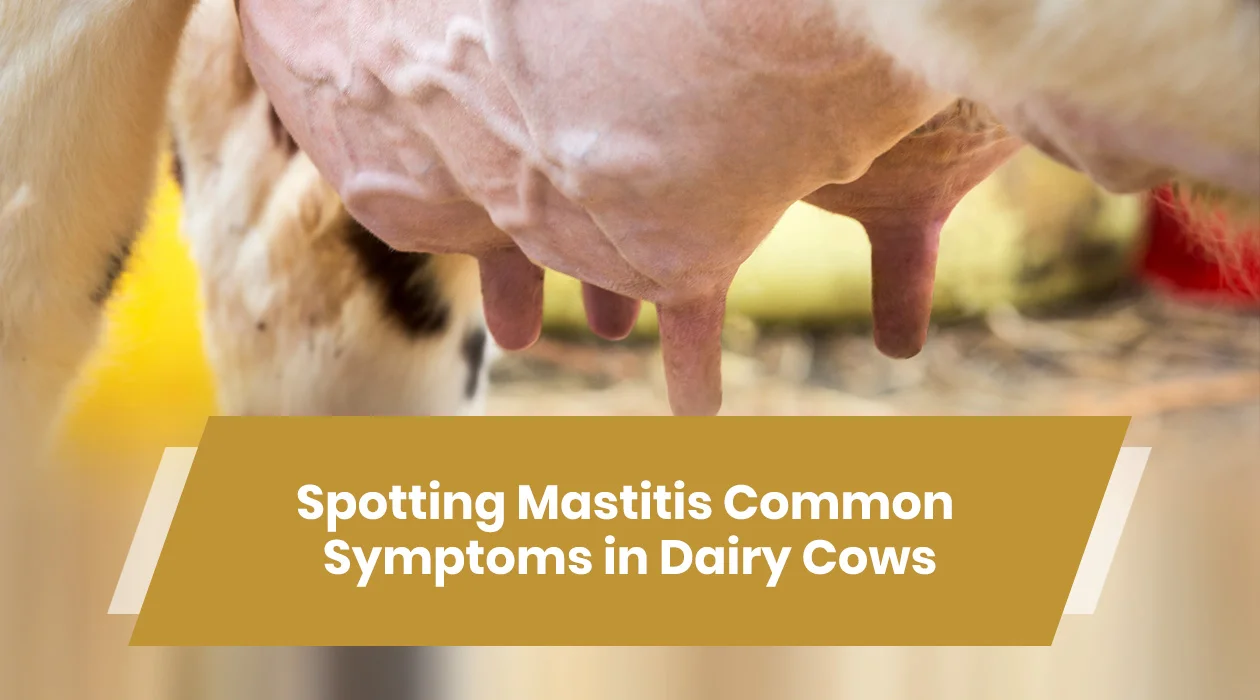



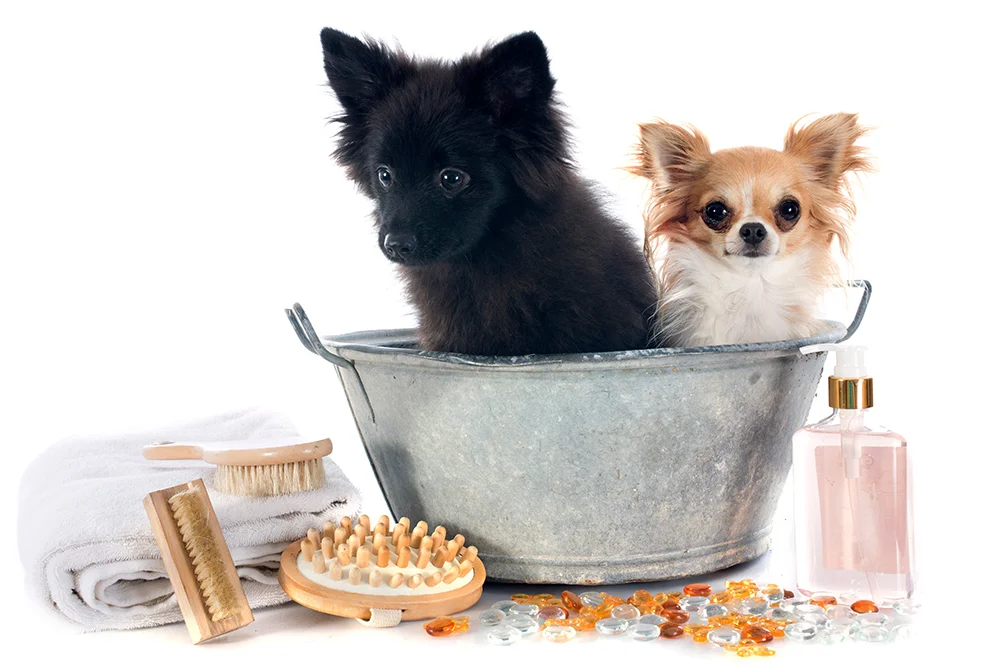




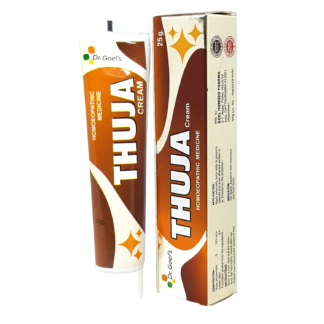






















5 thoughts on “Homeopathic Veterinary Medicine For Infertility Among Dairy Cattle”
[…] any further delay let’s begin with our best veterinary homoeopathy books to download that you can download and know more about veterinary homoeopathy […]
[…] best possible homeopathic medicine for infertility for the condition of infertility among dairy animals is the use of the product Fertisule. The […]
I for all time emailed this web site post page to
all my contacts, as if like to read it after that my contacts will too.
Hi there mates, its wonderful article regarding tutoringand entirely explained, keep it up all the time.
Heya i am for the first time here. I came across this board and
I find It truly useful & it helped me out much. I hope
to give something back and aid others like you aided me.